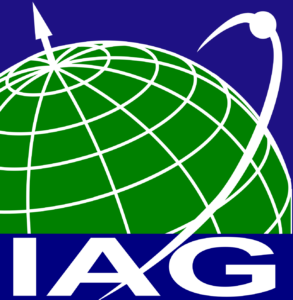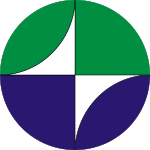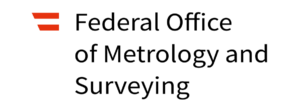JSG T.43 Statistical methods in regional gravity field modelling
Chair: Mehdi Eshagh (Czech Republic)
Affiliations: Commissions 1,2, IGFS
Terms of Reference
These days, owing to significant advancements in sensor technology, vast amounts of precise data are being collected. Physical Geodesy is undergoing a modernisation process, largely due to the integration of highly precise data sensors, such as those based on quantum technology. Statistical methods have become an integral tool in contemporary Physical Geodesy dedicated to the measurement and comprehension of the Earth’s shape, gravity field, and dynamic processes that shape our planet’s surface. Given the intricate and variable nature of geodetic data, acquired from diverse sources like satellite missions, ground-based observations, and remote sensing, the need for advanced statistical techniques has become apparent. These techniques enable the accurate analysis and interpretation of this wealth of information. In this context, statistical methods serve not only to describe and model geodetic data but also to quantify uncertainties of geodetic solutions and to evaluate their reliability. The primary objective of Physical Geodesy is to model the geoid and gravity field of the Earth, for which numerous methods have been developed. However, less attention has been given to providing a comprehensive quality description of the products of Physical Geodesy from a statistical perspective. In many instances, these products are validated using independent data to gain insights into their quality. While attempts have been made to estimate uncertainties in global gravity models, which typically result from least-squares estimation processes, less emphasis has been placed on assessing the internal quality of results, especially when dealing with local gravity field or geoid modelling. Statistical tests play a crucial role in justifying and distinguishing gravitational signals from the noise generated by various measurement tools, including terrestrial, marine, airborne, or satellite sensors. Therefore, more in-depth investigations into downward continuation, regularisation methods, least-squares collocation,variance-covariance component estimation, time-series analysis, and robust statistics, are necessary to handle data collected by modern sensors and extract valuable insights regarding Earth’s gravity field modelling. These studies extend beyond gravity field modelling and encompass applications in other disciplines such as Oceanography, Hydrology, Geophysics, as well as space and planetary science. The scope of this study group also involves the development of statistical methods for quality assessment in other relevant disciplines.
Objectives
• Investigate the propagation of errors arising from all gravimetric measurements to enhance the accuracy of Physical Geodesy products.
• Investigate the accuracy of determining the (high-frequency) gravity field and international vertical reference frame, considering the stochastic characteristics of regional gravity data (including surface, shipborne, altimetry-based, airborne, etc.).
• Assess the level of precision required in measured data to achieve a specified quality in the resulting Physical Geodesy products.
• Do research and develop various inversion and regularisation methods endowed with stochastic properties, thereby advancing the precision of geodetic solutions, specifically for integral equations in downward continuation.
• Develop variance-covariance component estimation techniques to provide comprehensive quality descriptions and facilitate the optimal integration of gravimetric data and products such as geoid models and heights.
• Extend the horizons of least-squares collocation techniques, exploring furthercdevelopments and applications to refine geodetic computations.
• Enhance and refine spectral combination methods with a focus on error estimation, ensuring robust and reliable geodetic results.
• Statistically analyse of time-variable global and local gravity field products and their applications.
Program of Activities
• Presenting findings at international geodetic or geophysical conferences, meetings, and workshops.
• Interacting with other IAG entities.
• Monitoring research activities of JSG members and other scientists whose research
interests are related to scopes of this JSG.
• Organising a session at the Hotine-Marussi Symposium 2026.
Members
Mehdi Eshagh (Czech Republic), chair
Michal Šprlák (Czech Republic)
Juraj Janák (Slovakia)
Peiliang Xu (Japan)
Pavel Novák (Czech Republic)
Lorant Földváry (Hungary)
Martin Pitoňák (Czech Republic)
Christian Gerlach (Germany)
Lars E. Sjöberg (Sweden)
Riccardo Barzaghi (Italy)
Robert Tenzer (China-Hong Kong)
Dimitrios Tsoulis (Greece)
Ismael Foroughi (Canada)
Majid Abrehdary (Sweden)
Petr Vaníček (Canada)
Ling Yang (China)
Ryan A. Hardy (USA)



